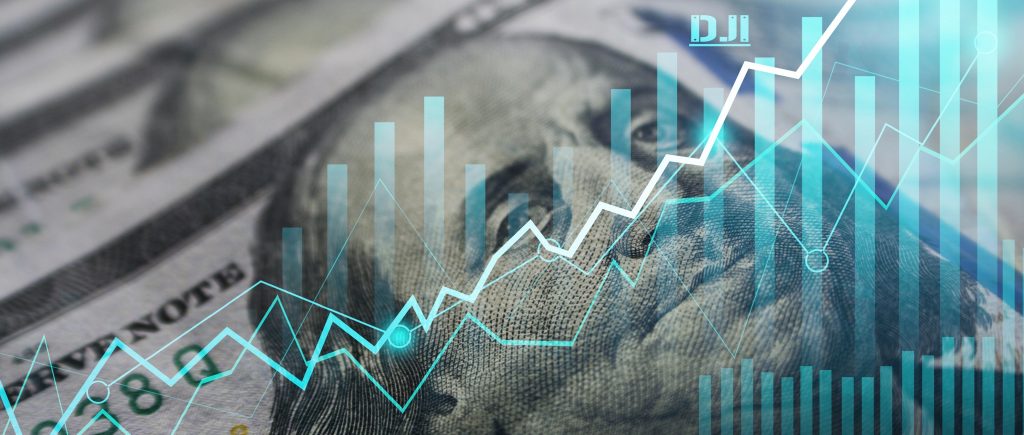US financial markets are under siege in April 2025, with stocks, bonds, and the dollar reeling from a perfect storm of policy uncertainty and economic fears. The S&P 500 has plummeted, the dollar index has tumbled, and Treasury yields are sliding as investors flee U.S. assets. This article explores the key drivers behind this downturn, drawing on recent market insights and focusing on the impact of U.S. President Donald Trump’s trade tariffs, his attacks on the Federal Reserve, and inflated asset valuations. The analysis highlights how these factors have eroded confidence in U.S. markets, pushing investors toward safer alternatives like gold and foreign currencies.
Trump’s Tariff Tensions
The reimposition of tariffs on major trading partners, including Canada, Mexico, and China, has sent shockwaves through global markets. A 50% tariff on steel and aluminum imports from Canada, alongside threats of broader levies, has raised fears of a full-blown trade war. These policies have disrupted supply chains, increased costs for U.S. businesses, and prompted retaliatory measures, such as Canada’s 25% tariff on U.S. electricity exports. The uncertainty has hit U.S. stocks hard, with the S&P 500 dropping significantly in April, wiping out $6.5 trillion in market value in a single week. Investors worry that tariffs will stoke inflation, squeeze corporate profits, and slow economic growth, undermining the U.S.’s role as a global economic leader.
Federal Reserve Under Fire
Trump’s public criticism of the Federal Reserve, including threats to influence or replace its leadership, has rattled investors. His remarks about firing Federal Reserve Chair Jerome Powell have raised concerns about the central bank’s independence, a cornerstone of U.S. financial stability. The dollar index fell 1.5% in a single week in April, reflecting fears that political interference could lead to erratic monetary policy. Markets now price in a 60% chance of a rate cut in May, with 110 basis points of cuts expected by December 2025, as investors anticipate the Fed may ease policy to offset tariff-induced economic strain. This uncertainty has diminished the dollar’s safe-haven appeal, driving capital toward assets like the Japanese yen and Swiss franc.
Overvalued Assets and Market Fragility
U.S. asset valuations have reached a 16-year high, with stocks and bonds priced for near-perfect economic conditions. The S&P 500’s lofty valuations, driven by earlier optimism about U.S. economic outperformance, have left little room for error. As tariff fears and Fed-related uncertainties mount, investors are reassessing these valuations, leading to a sharp sell-off. Long-term Treasury bonds have also suffered, with yields dropping to 3.80% for the 10-year note as demand for safe-haven bonds rises globally. The high valuations, combined with policy risks, have made U.S. markets particularly vulnerable to shocks, amplifying the current downturn.
Flight to Alternative Safe Havens
The erosion of the dollar’s safe-haven status has accelerated capital flight from U.S. assets. Investors are piling into gold, which hovers near record highs due to geopolitical tensions and central bank purchases, particularly by China. The Japanese yen has surged to 140.26 per dollar, and the Swiss franc has climbed to 0.8470, both reflecting global risk aversion. Bitcoin and other cryptocurrencies have also seen inflows as investors seek hedges outside traditional U.S. markets. This shift underscores a broader loss of confidence in U.S. assets, as global investors diversify away from dollar-denominated holdings amid fears of trade disruptions and policy instability.
Broader Economic and Geopolitical Context
Beyond tariffs and Fed disputes, geopolitical tensions, including developments in Ukraine and the Middle East, have added to market unease. A ceasefire in Ukraine has bolstered the euro, but ongoing global uncertainties continue to drive demand for non-U.S. safe-haven assets. Additionally, the U.S.’s ballooning debt and questions about the “full faith and credit” of the United States, as highlighted in recent market discussions, are increasing yields on U.S. assets and affecting global pricing. These factors compound the pressure on U.S. markets, as investors grapple with both domestic policy risks and external shocks.
U.S. assets are suffering in April 2025 due to a toxic mix of Trump’s aggressive tariff policies, his attacks on the Federal Reserve’s independence, and dangerously high asset valuations. These pressures have triggered a massive sell-off in stocks, weakened the dollar, and driven investors toward gold, foreign currencies, and other safe-haven assets. The S&P 500’s bloodbath, coupled with sliding Treasury yields and a tumbling dollar index, reflects a market grappling with uncertainty and diminishing confidence in U.S. economic leadership. As trade wars loom and policy risks escalate, the flight from U.S. assets underscores the fragility of a market once seen as a global safe harbor. Investors navigating this turmoil will need to tread carefully, balancing the allure of alternative havens with the unpredictable fallout of U.S. policy shifts.
 Noor Trends News, Technical Analysis, Educational Tools and Recommendations
Noor Trends News, Technical Analysis, Educational Tools and Recommendations





